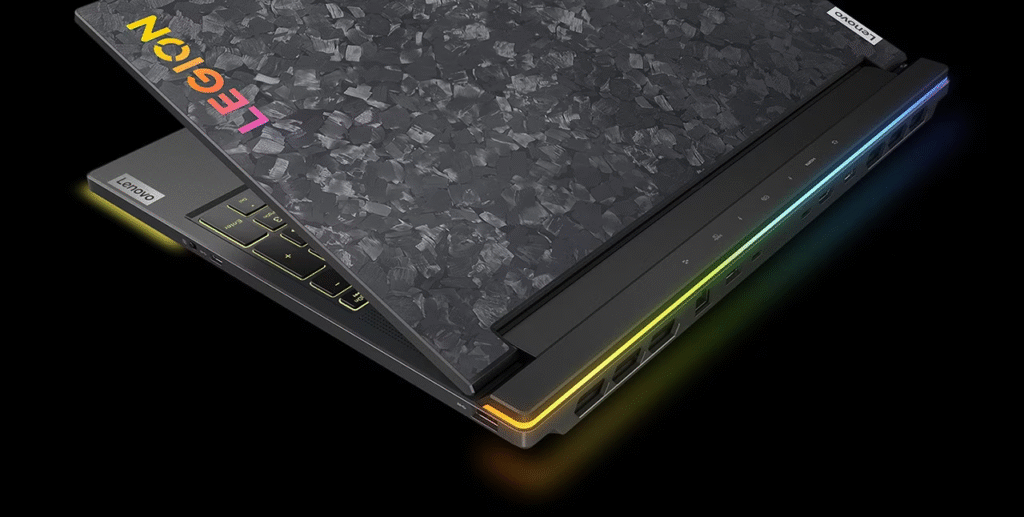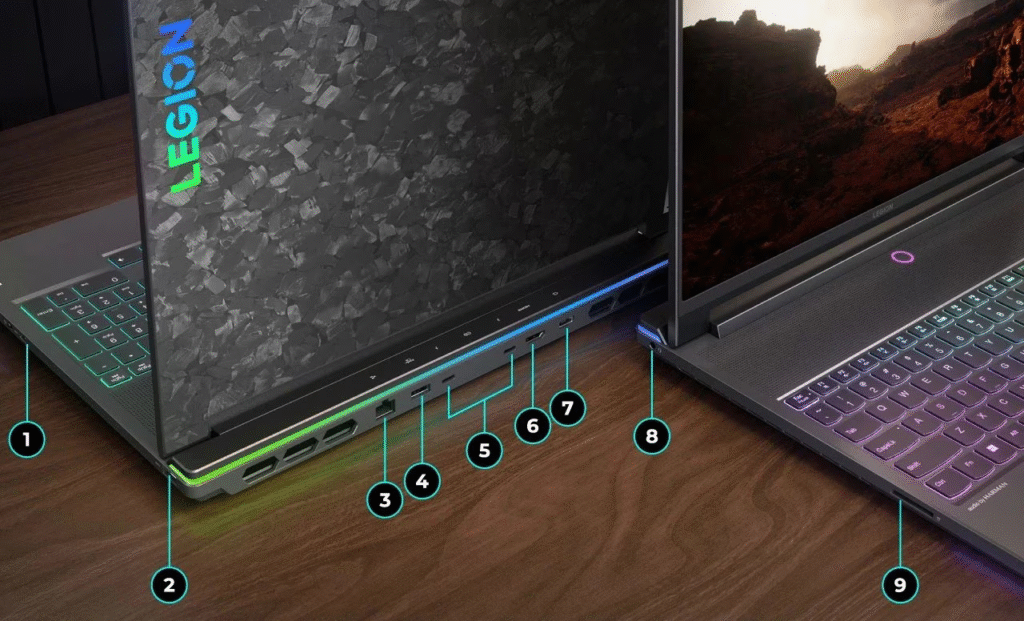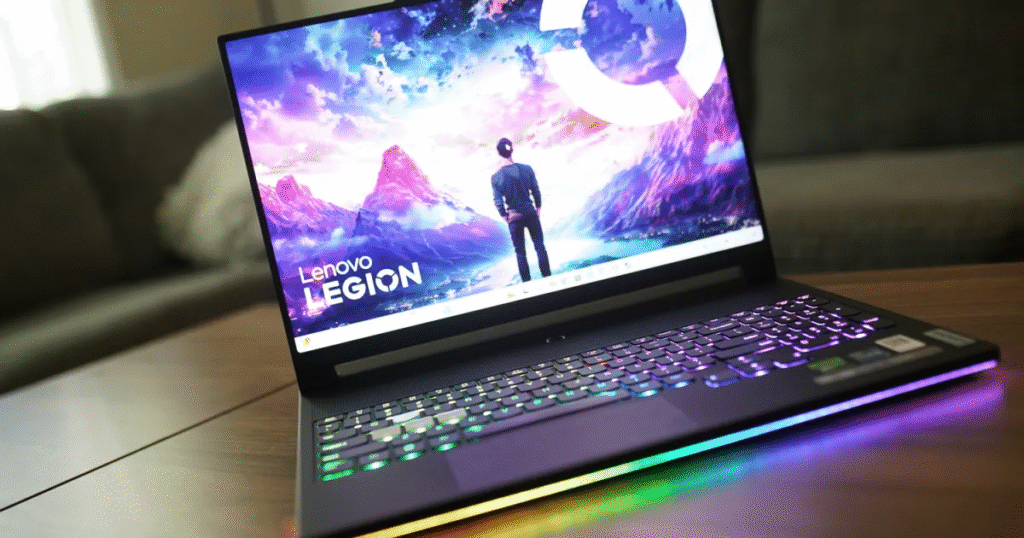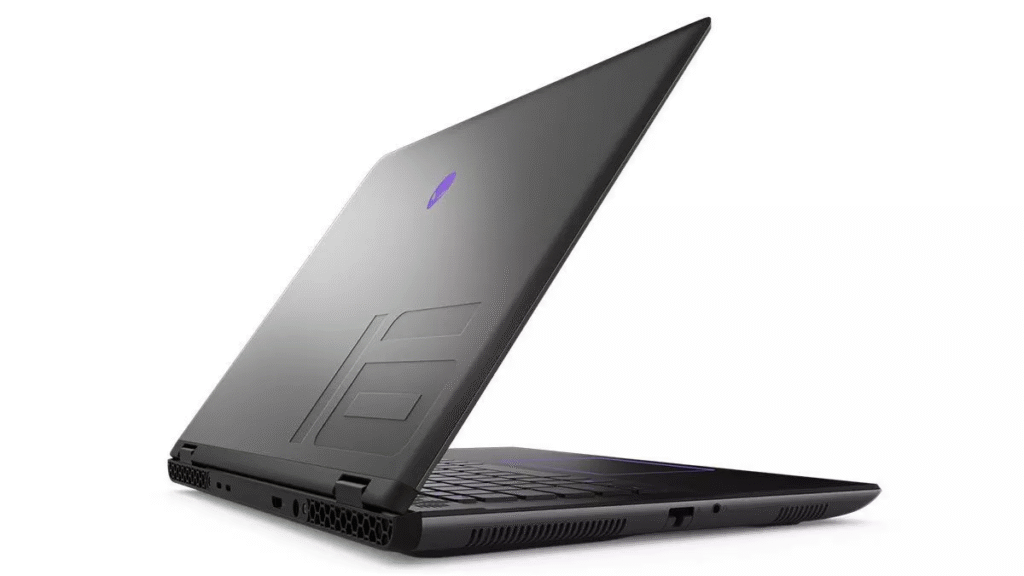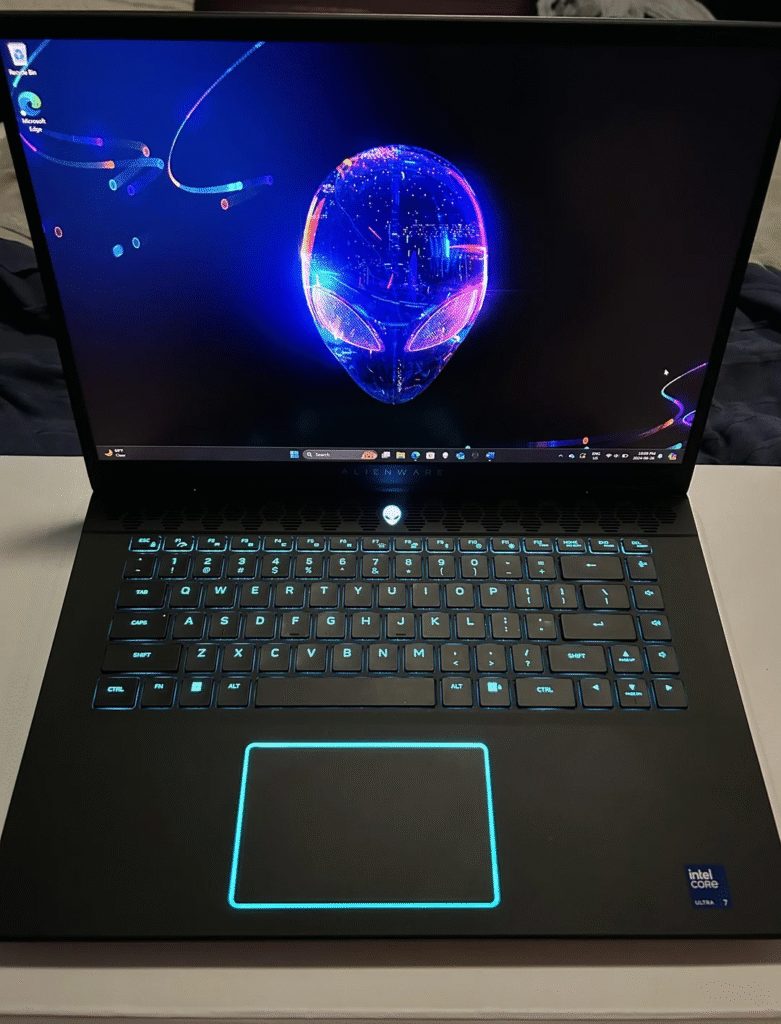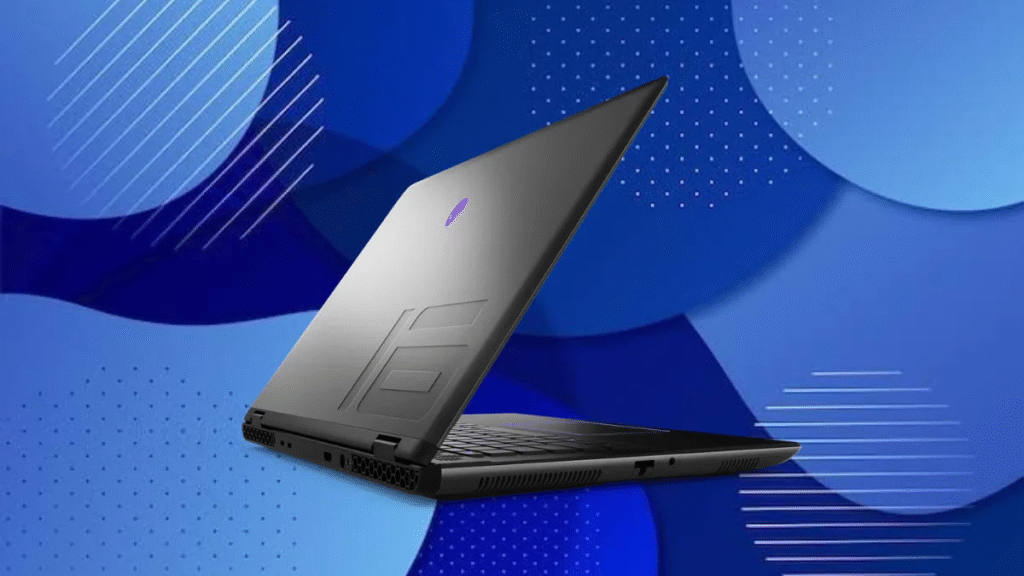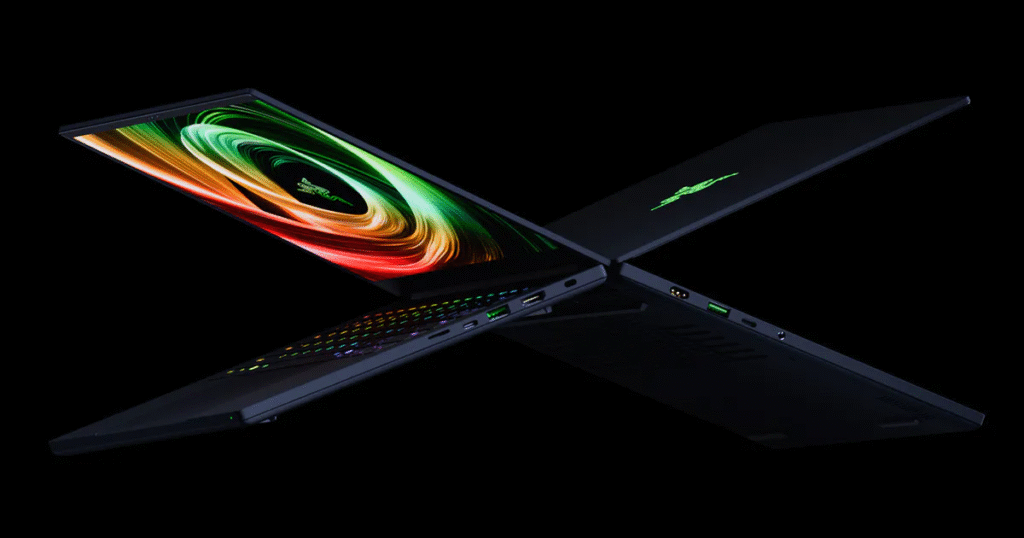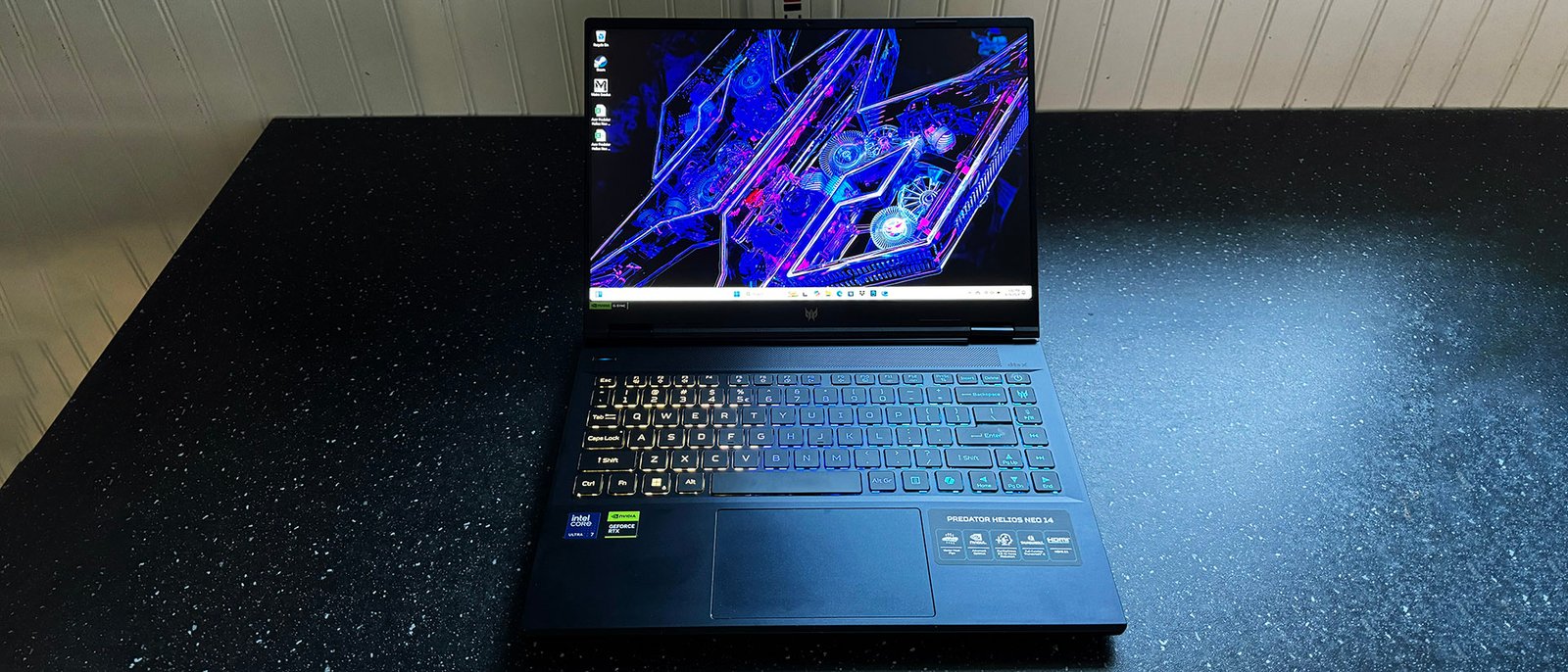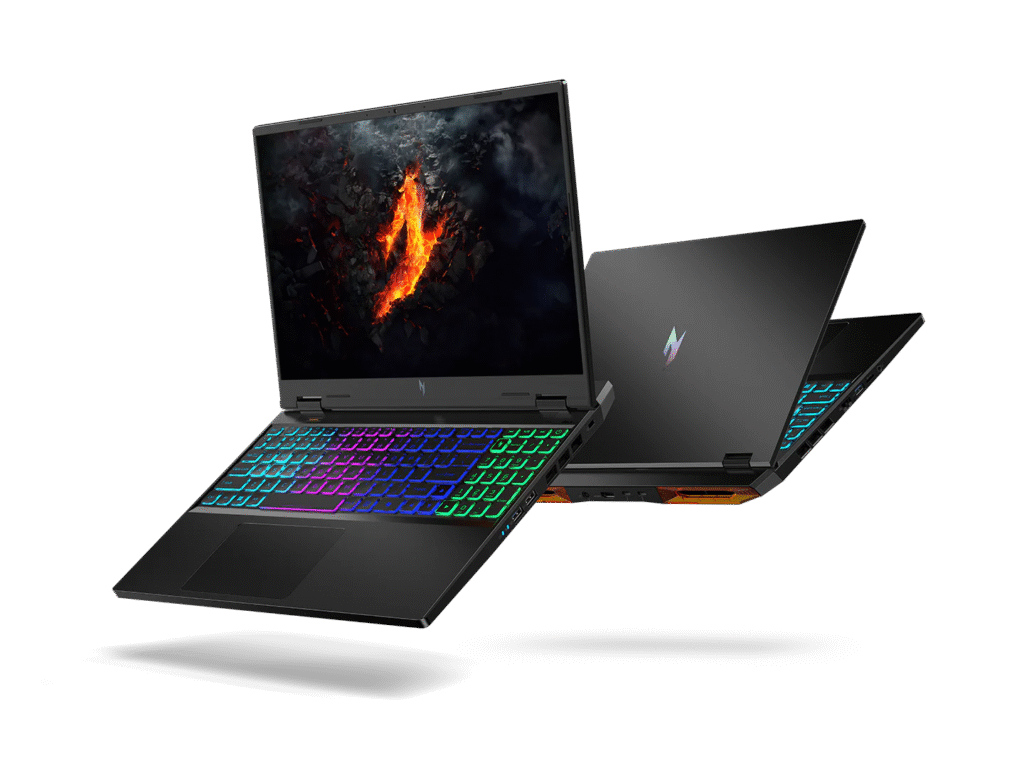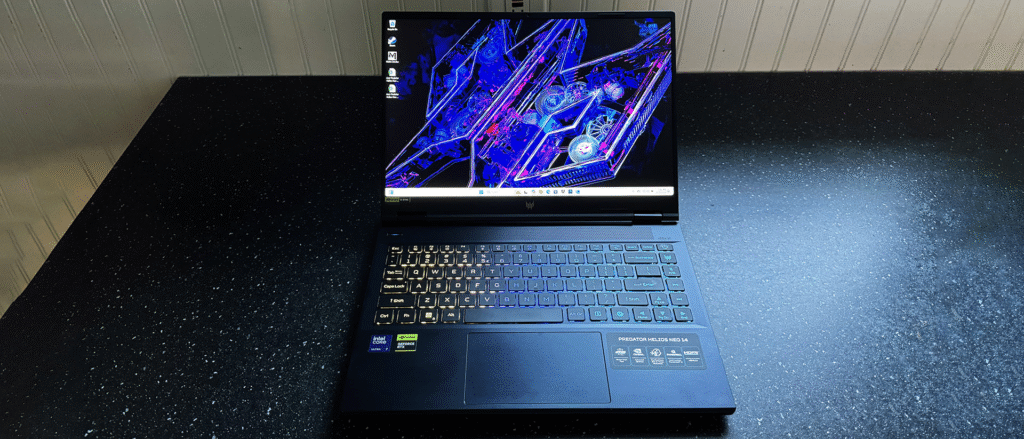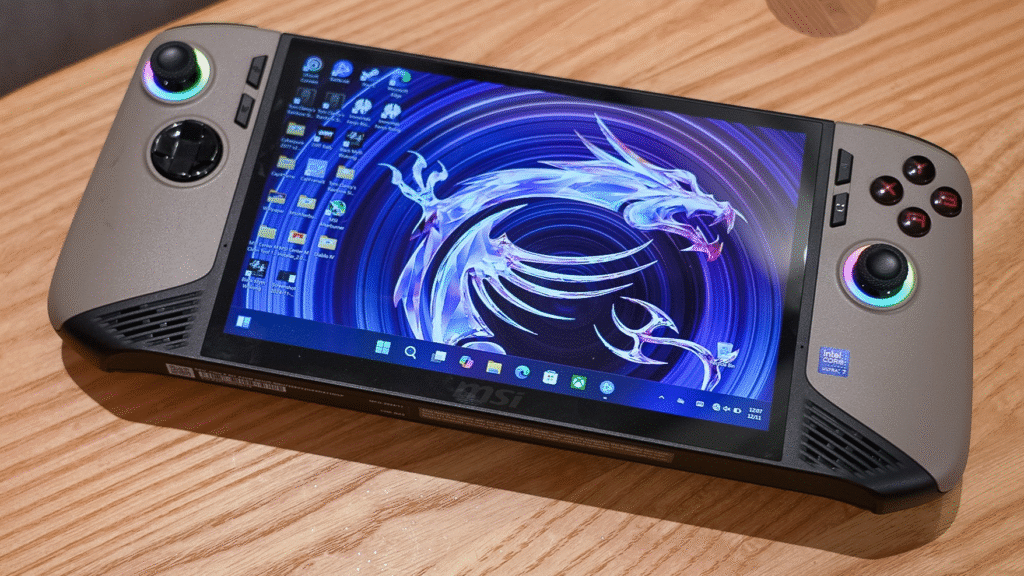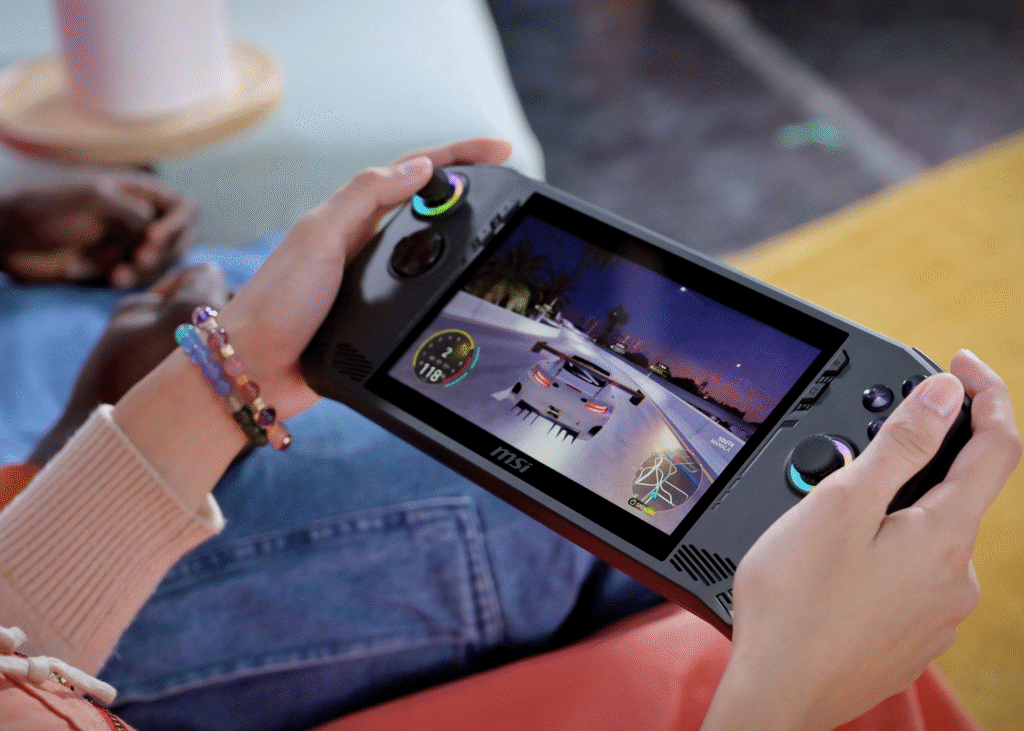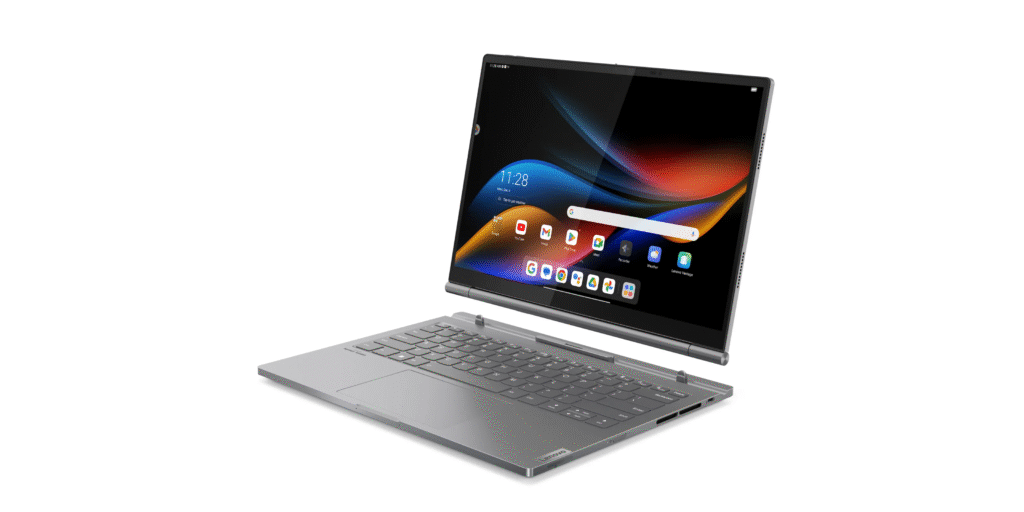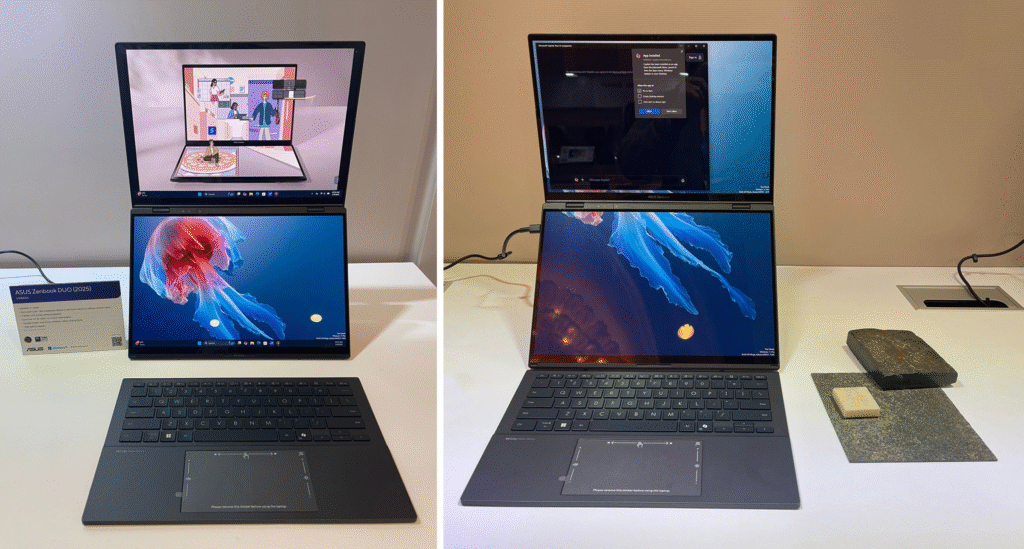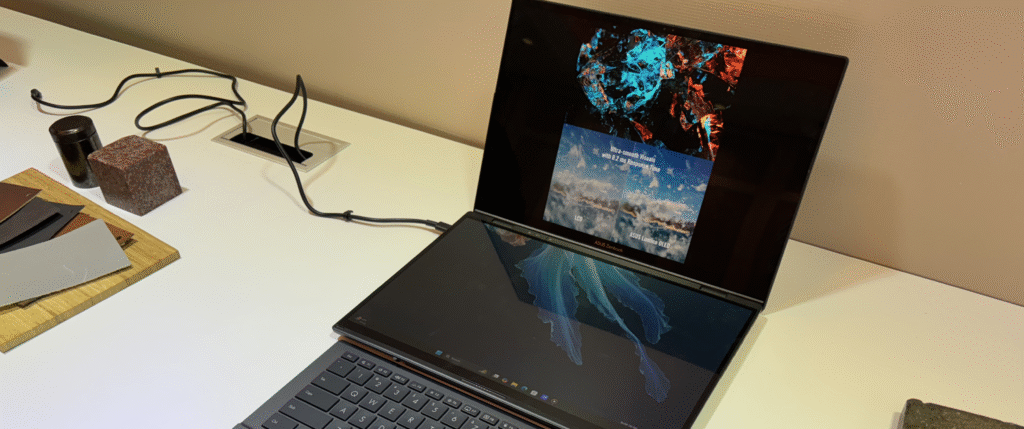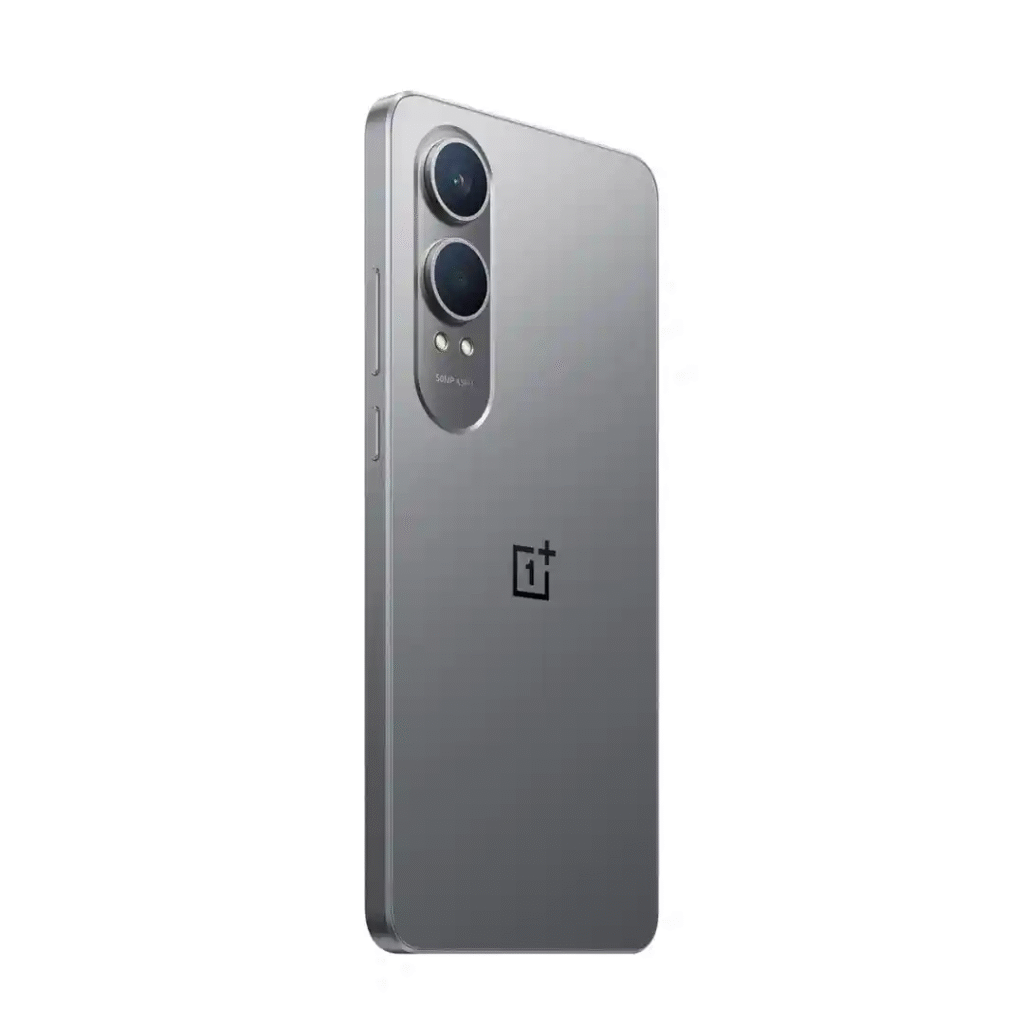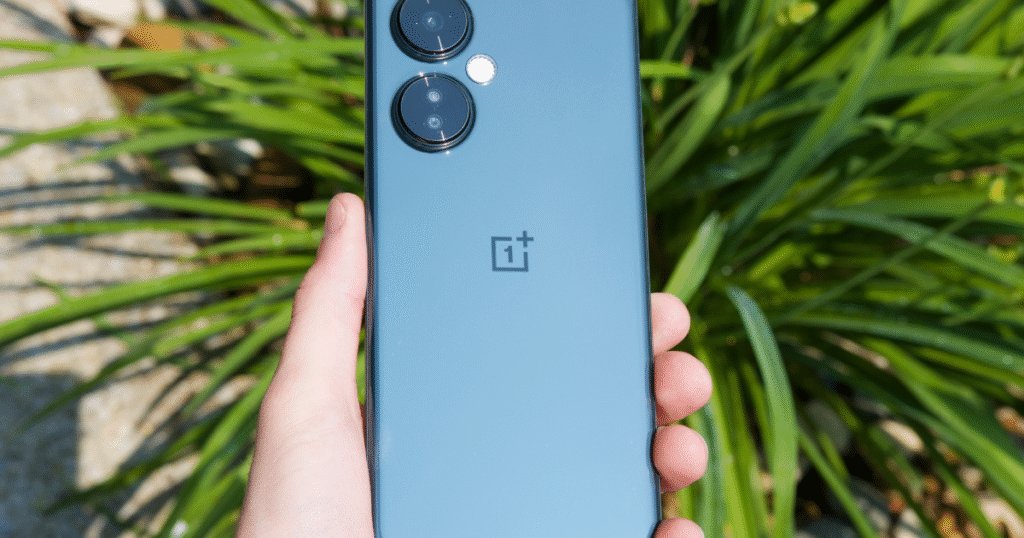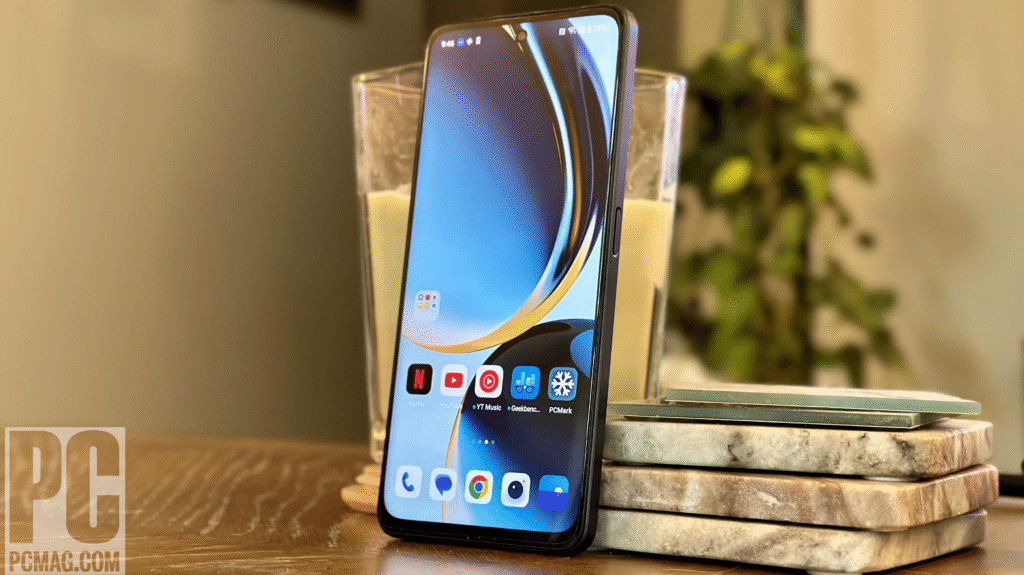Apple has again pushed the envelope of mobile computing with the unveiling of the iPad Pro M4 in 2024. Described as the most powerful and feature-rich iPad to date, this model represents a giant leap towards greater performance, style, and functionality. The M4 chip, paired with a breathtaking OLED display and razor-thin design, puts the new iPad Pro firmly in contention not only in the tablet market, but in the wider category of computing hardware. Whether you are a creative professional, a business user, a student, or an avid user, the iPad Pro M4 offers an enticing combination of power, portability, and elegance.

Revolutionary Design and Build
Apple has never skimped on design, and the M4 iPad Pro is no exception. The most striking aspect is its impossibly slender profile. With a thickness of merely 5.1mm for the 11-inch model and 5.3mm for the 13-inch, it is the thinnest Apple product ever produced—slenderer even than the iPod Nano. Despite its ultra-slim body, the device feels sturdy and premium, with a refined aluminum unibody design that remains cool and comfortable in hand.
Apple has also taken steps to ensure that this design doesn’t compromise usability or durability. It retains the clean, industrial lines Apple is known for, with precision-machined edges, flat sides, and a minimalist rear camera bump. The device feels almost impossibly light when held, especially considering the power it contains. Both models are incredibly portable, making them ideal for users constantly on the go who need a powerful machine without the bulk of a traditional laptop.
Display: Tandem OLED Brilliance
The iPad Pro M4 debuts Apple’s first Tandem OLED display, Ultra Retina XDR. It is a revolutionary visual experience with more vibrant color, richer blacks, and more subtle brightness control than any iPad ever. The Tandem OLED technology consists of two OLED panels in tandem on top of each other, which allows for significantly higher brightness—up to 1000 nits sustained and 1600 nits peak on HDR content—while preserving extraordinary contrast ratios and power efficiency.
The color accuracy is perfect, with support for P3 wide color, True Tone, and ProMotion for adaptive refresh rates of up to 120Hz. Whether grading HDR video, creating detailed artwork, or just watching a movie, the display takes the experience to a new level. Text is crisp, motion is silky smooth, and color bursts with vibrancy that even earlier Mini-LED models can’t match. To both the content consumers and creatives, this screen is a feast for the eyes.
Powering the Future: The M4 Chip
At the center of the new iPad Pro is Apple’s first processor based on second-generation 3-nanometer architecture, the M4 chip. It’s more efficient, faster, and more powerful than any chip Apple has ever put in a tablet. The M4 boosts performance as much as 50 percent compared to already-powerful M2 chip due to its 10-core CPU and up to 10-core GPU.
The M4 is not only about brute force; it’s also about smarts. Apple’s latest Neural Engine in the M4 can perform a staggering 38 trillion operations per second, making the chip a behemoth of on-device AI workloads. From real-time recognition of images and voice to intricate workflows in applications like Final Cut Pro, Logic Pro, and DaVinci Resolve, the M4 chip processes it with ease. It enables users to have several resource-intensive applications run side by side with no lag, editing 4K and 8K video in real time, and even interacting with high-resolution 3D assets—all on a device weighing under a pound.

Software and iPad OS 17.5
The iPad Pro M4 uses iPad OS 17.5, which further polishes Apple’s multitasking and productivity capabilities it has been working on incrementally over the years. Stage Manager has benefited significantly with more flexible window placement and improved integration with external monitors. The Freeform updates and improvements to Files make the iPad Pro behave much closer to a full desktop environment when necessary, yet retain the touch-first simplicity that makes iPads so easy to use.
Apps like Final Cut Pro and Logic Pro for iPad have been optimized for the M4 chip, and they now support powerful new features such as Live Multicam for editing from multiple cameras in real time, as well as background rendering and AI-assisted content organization. With the M4, Apple is clearly positioning the iPad Pro not just as a content consumption device, but as a fully-fledged creative workstation capable of professional-grade output.
Accessories: Magic Keyboard and Apple Pencil Pro
The company has also remodeled its accessories to match the M4 iPad Pro, further muddling tablet and laptop boundaries. The redesigned Magic Keyboard is thinner, lighter, and more responsive, with a bigger trackpad that includes haptic feedback. The keyboard deck features an aluminum palm rest now, providing it with a more solid, MacBook-like feel. The typing process is much better, and the experience of writing or coding extensively on the iPad is more natural and less of a sacrifice.
The Apple Pencil Pro, also debuted with the M4 iPad Pro, adds even more capability to artists, designers, and note-takers. It features an additional barrel-mounted sensor that recognizes squeeze gestures to invoke tool palettes and haptic feedback, which offers tactile feedback when changing tools or executing certain actions. An internal gyroscope enables more subtle brush angle control, and the Pencil snaps onto the iPad magnetically for wireless pairing and charging. It’s still an absolute essential for creatives who prize precision and responsiveness.
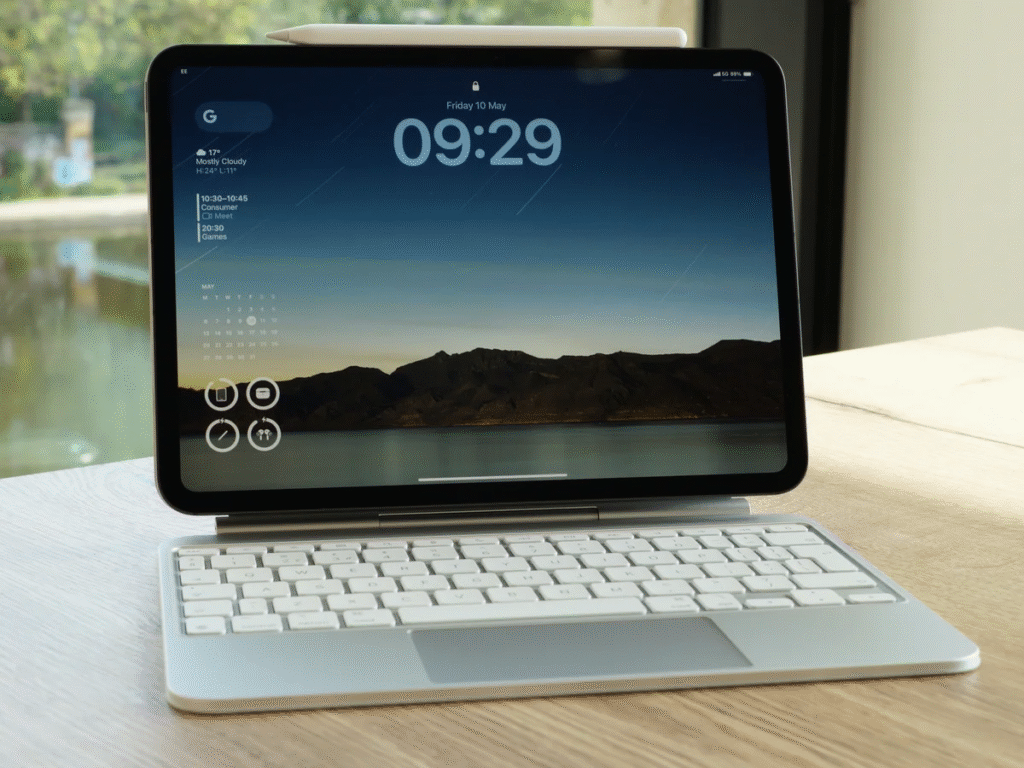
Camera and Media Features
While photography isn’t the main focus for the iPad, Apple continues to enhance its camera system to make it more functional for AR, document scanning, and video conferencing. The rear camera includes a 12MP wide lens with enhanced low-light capture and 4K video recording up to 60 fps. The LiDAR scanner is still present to help with depth sensing as well as augmented reality use.
Most significant, Apple has relocated the front-facing camera to the landscape side of the device—a feature that was long overdue. It feels more natural making video calls with FaceTime or Zoom, particularly when the iPad is docked or attached to a keyboard. The front camera also enables Center Stage, which auto-frames to keep you centered, and it has great image quality due to a 12MP ultra-wide sensor.
Battery Life and Charging
With its pencil-skinny body and advanced innards, the iPad Pro M4 also has great battery life. Apple guarantees up to 10 hours of Wi-Fi use, and even in actual usage, it performs well under demanding tasks. Proper power management by the M4 chip means performance is never compromised for battery life. Charging is through USB-C with Thunderbolt 4 compatibility, enabling rapid data transfer and rapid charging. External display and hub support, as well, turns it into an adaptable desktop computer when docked.
Connectivity and Storage Options
The iPad Pro M4 features Wi-Fi 6E for blazing-fast wireless performance and has optional 5G models for users who require connectivity while away from desks. It supports up to 2TB of storage, which can handle even the most storage-intensive professionals who handle massive media files. Apple also provides hardware-based encryption for security purposes, and the internal SSD’s performance ensures that read/write speeds are always top-notch even when large libraries or professional apps are used.

Pricing and Value Proposition
The iPad Pro M4 is at the high end of the tablet market. The 11-inch model begins at $999, with the 13-inch model beginning at $1,299. Throw in the price of add-ons such as the Magic Keyboard and Apple Pencil Pro, and the price can spiral out of control. Yet pricing is indicative of the quality, innovation, and functionality of the product. For professionals who depend on performance, portability, and accuracy, it’s well worth the investment. It’s a tablet that can substitute for a laptop, drawing tablet, media editor, and entertainment center all in one.
Final Thoughts
The Apple iPad Pro M4 is not just an upgrade—it’s a reinvention. With its innovative M4 chip, Ultra Retina XDR OLED display, reimagined accessories, and amplified AI capabilities, it resets the expectation of what a tablet is capable of. Apple has made a strong move in the right direction, combining mobility with power in a manner that few, if any, other manufacturers can approximate. For customers looking for a device that will be able to respond to every aspect of their working and artistic lives, the iPad Pro M4 is greater than a superb choice—it’s the best.
Whereas a few might still regard the iPad Pro as a tablet, Apple is obviously designing it as an entire computing platform. With every iteration, it becomes increasingly difficult to separate the iPad Pro from a conventional laptop—not because the iPad is emulating, but because it is now leading the pack. The iPad Pro M4 is not only the future of tablets; it could be the future of mobile computing.
